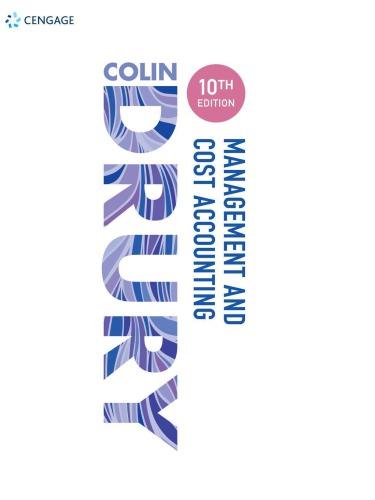Capturing labour costs accurately includes capturing time worked on customer orders, jobs or projects. In some cases,
Question:
Capturing labour costs accurately includes capturing time worked on customer orders, jobs or projects. In some cases, this is a reasonably easy task – such as in a supervised factory setting. In some cases, capturing hours worked accurately can be more difficult. Take the construction sector for example, where multiple concurrent projects and subcontractors are the norm. Remote sites can be problematic and may not have adequate facilities to install a normal time clock similar to those used in production facilities. This means time sheets are often completed manually. According to US firm Exaktime, in a company with 100 employees, if all staff are ten minutes late each day, but record themselves as on time, the cost to the business is \($83\) 000 per annum at standard pay rates. As a solution to these issues, Exaktime offers a product called JobClock. This is a extremely rugged, weatherproof clock which is fully battery powered. It records employee start and finish times accurately using a key fob. Clock times can be analysed according to cost codes and easily downloaded to a smartphone or to the internet. The company claims the JobClock pays for itself in four to six weeks, as construction companies pay less in wages and/or see improved productivity. While the construction sector seems like the ideal candidate industry for the JobClock, it may also be suitable for hospitals, transportation firms or agricultural contracting businesses.
Questions:
1 If your business were using the JobClock, would you pay all employees by the minute worked?
2 Do you think smartphones could be used to track time worked by mobile employees?
Step by Step Answer:






